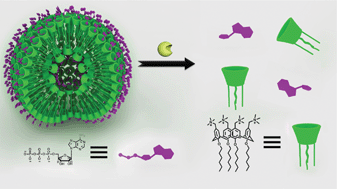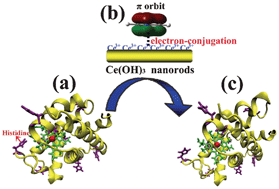The international conference Nanomaterials: Applications & Properties 2013 will be held in Alushta, Crimea, Ukraine between the 16th-21st Septmeber 2013.
The conference covers all aspects of nanomaterial science with particular focus on the following themes: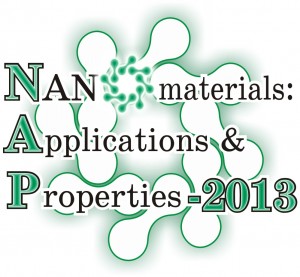
- Nanostructured thin films
- Properties and characterisation of surfaces and interfaces
- Synthesis and Characterisation of Nanoparticles
- Nanomagnetism: Fine particles and magnetic multilayers
- Functional nanostructured coatings
- Plasma and ions for surface engineering – Radiation effects
- Nanopolymers, nanocomposites and carbon nanomaterials
- Nanomechanics, production and applications of nanodevices
- Advances in equipment and technologies
- Nanomaterial applications in electronics, spintronics and photonics
- Nanomaterial applications in biotechnologies and medicine
- Nanomaterials for energy applications
Registration is now open for this conference – click here to register today.
Visit the website to find out more about the invited speakers and their presentations.











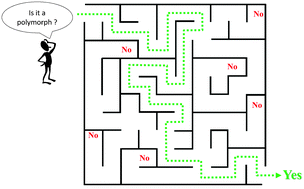
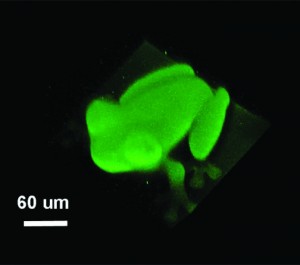
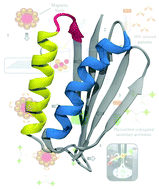
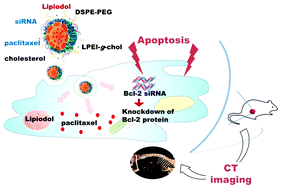
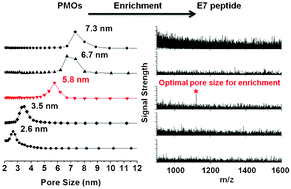
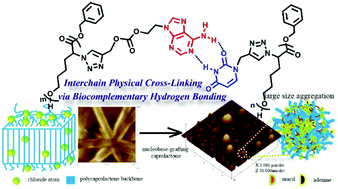
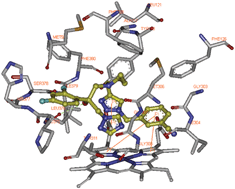
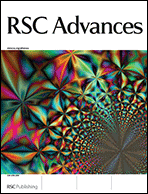 Take at look at issue 28 of RSC Advances to read our latest themed issue on:
Take at look at issue 28 of RSC Advances to read our latest themed issue on:
